CANSEC attendees emphasize need for more interoperable comms at the edge
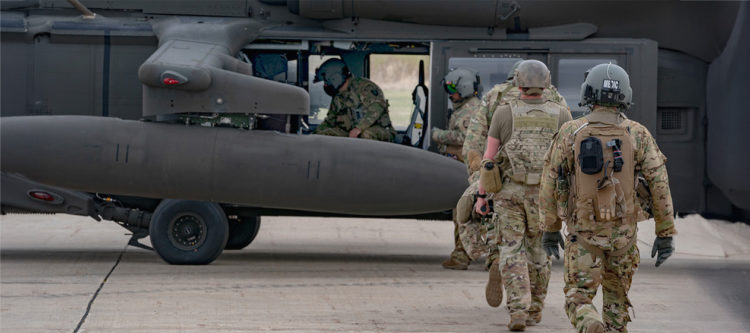
Last month, goTenna had the opportunity to attend CANSEC 2025, Canada’s largest and most influential defense, security, and emerging technology event. Hosted annually by the Canadian Association of Defence and Security Industries (CADSI) in Ottawa, CANSEC brings together key decision-makers from across the Canadian Armed Forces, the Department of National Defence, and global defense partners for two days of focused conversations, capability showcases, and strategic collaboration.
CANSEC offers a valuable opportunity to engage directly with Canadian defense stakeholders to learn more about their evolving communications needs and better understand the operational environments shaping those requirements.
Through our interactions with military leaders, program managers, and field operators at CANSEC, we gained deeper insight into the unique operational challenges they face and the types of solutions they’re seeking to support interoperable, resilient communications.
During our conversations with attendees, two converging communications trends were highlighted – both pointing to how Canadian forces need to modernize their approach to battlefield communications and rethink how networks are deployed at the tactical edge.
Making a case for individual communications
In many tactical environments today, each unit relies on a single radio, with one device connecting the team to higher command, adjacent units, and other supporting elements. That radio is usually carried by one person who is responsible for the entire team’s ability to communicate. But when it fails, or when the operator moves out of range or behind cover, communication with the rest of the team can be disrupted or nonexistent.
This one-radio format has long been a standard practice and continues to play a critical role in military communications. But as operational demands evolve, so does the need for greater visibility across the entire team, and more situational awareness at the edge. Today’s modern military needs every tactical operator to be enabled to send and receive critical information, not just the member of the unit holding the radio.
FORCES NEED A WAY TO EXTEND COMMUNICATIONS TO EVERY WARFIGHTER WITHOUT COMPLICATING THE MISSION OR INCURRING EXCESSIVE COSTS.
When only one unit member holds the power to communicate, the rest are left without real-time situational awareness. They can’t coordinate movements, call for support, or notify nearby forces of their position. That lack of visibility doesn’t just slow operations; it increases risk, especially when it comes to preventing fratricide or safely coordinating fire support.
And while the need for individual-level communications is clear, implementing it comes with challenges of its own. A solution must be cost-effective, easy to deploy, and operationally efficient. It also can’t add unnecessary burden during mission preparation, field deployment, or sustainment. In short, forces need a way to extend communications to every warfighter without complicating the mission or incurring excessive costs.
However, the need for individual-level communications is only half the picture.
Future wars won’t be fought alone
Modern missions—whether domestic or abroad—rarely involve a single force operating in isolation. Instead, they bring together multiple services and diverse teams of coalition allies, all using different equipment. In many instances, forces require interoperability among civilian agencies, international allies, and nontraditional partners who play a vital role on the ground but fall outside the typical command structure.
This critical need for interoperability and diverse coordination introduces real challenges. Different organizations operate with different tools, levels of encryption, and operational constraints. In most battlefield scenarios, there’s a clear need to securely communicate critical information with partners on the ground, such as their position location information (PLI), mission objectives, or basic coordination updates.
MEETING THESE CHALLENGES REQUIRES A DIFFERENT APPROACH – ONE THAT ENABLES SECURE AND FAIL-SAFE CONNECTIVITY, SITUATIONAL AWARENESS, AND INTEROPERABILITY WITH MULTIPLE AGENCIES AND A DIVERSE SET OF ALLIED FORCES
However, doing so using traditional military radios creates a dilemma. These devices are expensive, often in limited supply, and may not be as secure. Handing one over to an international or nontraditional partner—especially one outside the formal chain of command—raises serious concerns about cost, control, and trust.
Meeting these challenges requires a different approach – one that enables secure and fail-safe connectivity, situational awareness, and interoperability with multiple agencies and a diverse set of allied forces.
Enabling communications across every layer of the mission
As forces face the challenges of connectivity and interoperability across diverse coalitions, what’s needed isn’t a replacement for traditional communications systems, but a force multiplier that both complements and expands them.
Today’s military operations still depend on high-bandwidth, high-throughput systems for voice, video, and mission data. Though powerful, those systems can’t always reach everyone in austere environments when traditional networks are unavailable, and they’re not always practical for widespread use across every unit member and partner on the ground.
goTenna’s rapidly-deployable mobile mesh networking solutions address these challenges by extending connectivity to every individual in the field with lightweight, cost-effective devices that can be deployed at scale. When paired with a smartphone, users can share their PLI, send messages, and stay synced with their team, even in challenging terrain with no cellular or satellite service.
BY AUGMENTING TRADITIONAL NETWORKS WITH MESH-BASED CONNECTIVITY, GOTENNA IS HELPING FORCES MEET TODAY’S OPERATIONAL DEMANDS HEAD-ON, ENABLING SAFER, MORE EFFECTIVE COMMUNICATION AMONG INDIVIDUALS AND INTEROPERABILITY THROUGHOUT EVERY LAYER OF THE MISSION.
In addition, the low signal footprint of goTenna’s mesh networking solution is difficult to detect and intercept, which makes it an excellent alternative for operators facing today’s more sophisticated adversaries on the battlefield.
From a command perspective, interoperable mesh networking expands visibility across the battlespace without compromising trust. Leaders can bring more units into the fold—coalition partners, search and rescue teams, even local forces—without overextending traditional systems or introducing security concerns.
This kind of solution also provides real-time tracking of PLI and individual-level communication, which reduces the fatal impacts of the fog of war – fratricide and miscommunication often stem from a lack of shared awareness and disrupted connectivity. When teams are moving fast in dynamic environments, knowing exactly where each person is and keeping that information up-to-date can mean the difference between mission success and tragedy.
CANSEC 2025 highlighted the critical needs and challenges of staying connected and maintaining interoperability on the battlefield. By augmenting traditional networks with mesh-based connectivity, goTenna is helping forces meet today’s operational demands head-on, enabling safer, more effective communication among individuals and interoperability throughout every layer of the mission.
To learn more about how mobile mesh solutions create seamless connectivity in the field, click HERE.


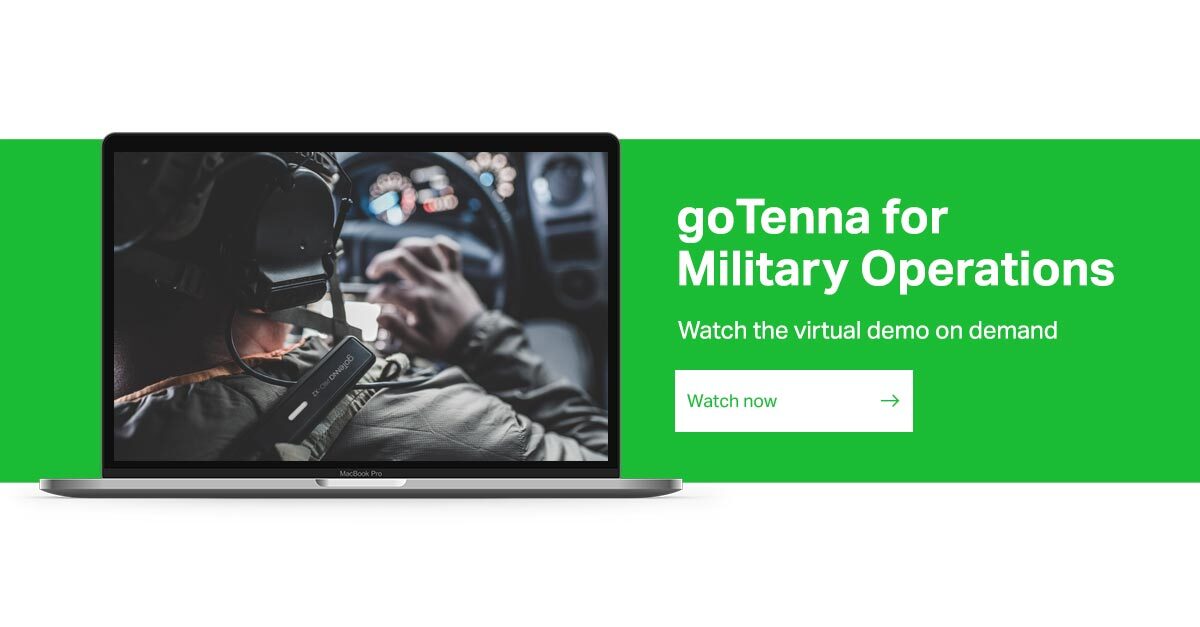
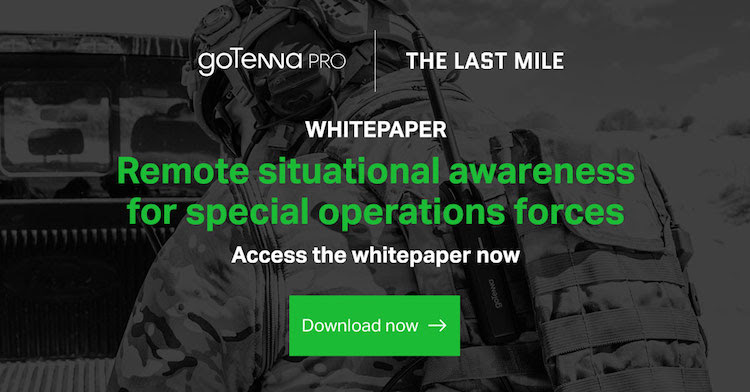
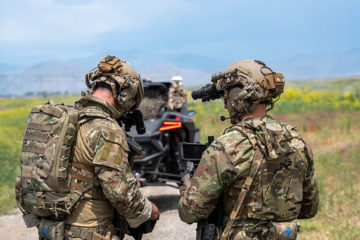
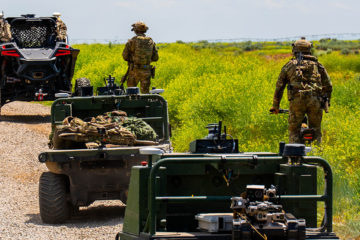
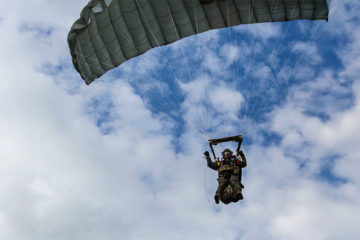


No Comment